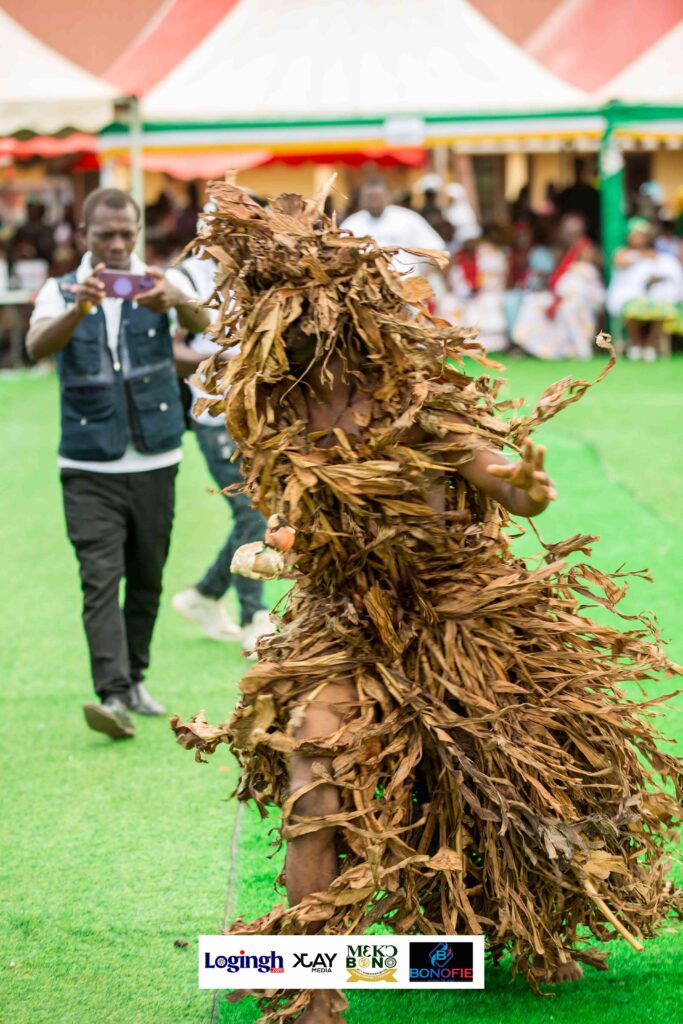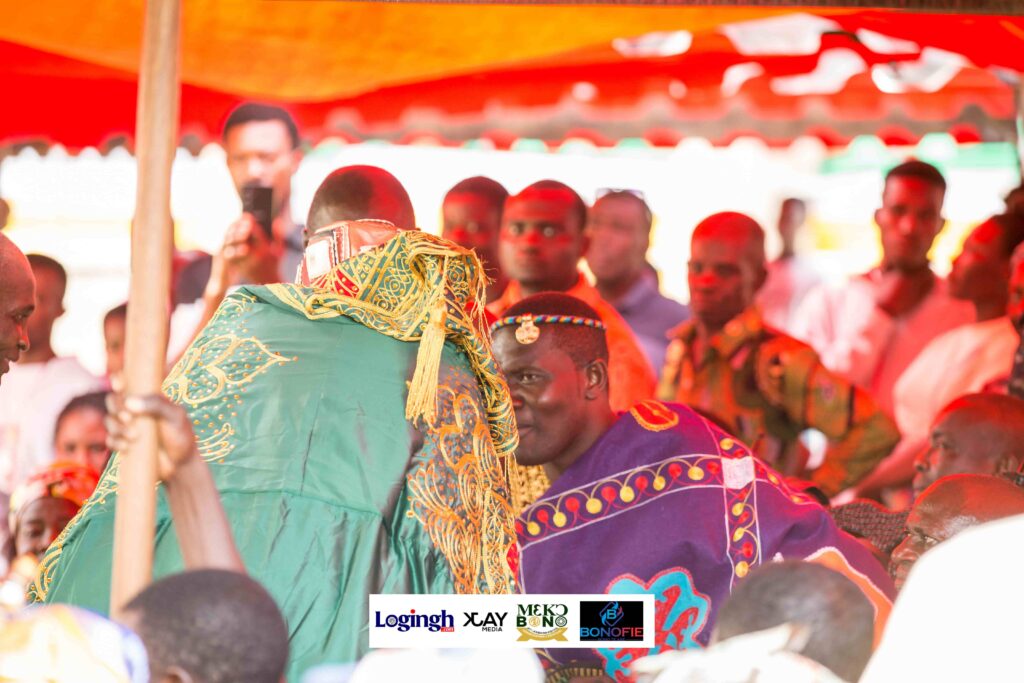The Bono people, indigenous to the middle belt of Ghana, possess an intriguing origin steeped in oral traditions that have transcended generations.
These oral accounts not only speak of their unique beginnings but also trace the roots of the entire Akan group, the largest ethnic community in Ghana. So, where do the Bono people come from, and how did their identity shape the history of the region?
A Birth from Nature: The Cave of Amoowi
Oral tradition narrates that the Bono people originated from a cave in what is today the Nkoranza North District of the Bono East region. This cave, known as Amoowi, is believed to have been a natural birthplace for the Bono, with the name inscribed on the cave even before the first people emerged. As the story goes, they came out one after the other, led by the lesser-ranked individuals, until it was time for the King to emerge. However, a hunter’s startled exclamation at the sight of people emerging from a hole caused the King to retreat, sealing the remaining inhabitants inside the cave. The place where they exited the cave was named Yεfri, meaning “we came from.”

Theocratic Beginnings and Settlement
Upon their emergence, the Bono were guided by a God called Amoowi, settling first at Pinihi before moving to Yεfri in search of more favorable conditions. It was at Yεfri that their King sent messengers to find a new place, eventually leading them to Manso. However, to preserve their origins, the Kurontihene (a high-ranking chief) was left at Yεfri to maintain a spiritual connection to their beginnings.
Expansion and the Title of Pioneers
The Bono acquired their new lands peacefully, as they were uninhabited before their arrival. This peaceful acquisition earned them the title Abonofoↄ, meaning “Pioneers.” The Bono state expanded rapidly, and as their numbers grew, they settled in different areas under various leaders. This expansion, combined with their shared heritage, created a unified and strong state.
However, as their population surged, the Bono began to face the need for more land, leading to conflicts and conquests. One notable encounter was with the Gonja people, where the Bono successfully drove them across the Volta River. At its height, the Bono territory stretched to borders with Gonja, Krachi, Ejura, Offinso, Gyaaman, and Banda.
Economic Powerhouse and the Rise of Bono Manso
The Bono state, particularly Bono Manso, grew into a powerful economic center. It hosted a bustling market called Dwabirem, where traders exchanged goods like kola nuts, food items, gold, and slaves. The Bono also traded with nearby Salaga and Begho, becoming a key player in the region’s economic exchanges.
Beyond trade, Bono Manso was known for its gold mining, with the chief accumulating wealth from the gold nuggets brought to him by his people. This wealth contributed to the development of a state treasury, a concept believed to have been pioneered by Bono Manso’s King. The Bono also introduced several cultural practices, including kyekye and gagawuga cloth weaving, which later became part of the Asante regalia.

The Legacy of Bono Manso
The Bono Manso kingdom left an indelible mark on Ghana’s history. It was a state of wealth, power, and influence, which later caught the attention of the rising Asante Empire. Though the Bono Manso state eventually fell to the Asantes, their contributions to the cultural and economic landscape of Ghana remain significant.
In conclusion, the Bono people’s origin story, their journey through different settlements, and their eventual rise to power highlight their pivotal role in shaping the history and culture of Ghana. From their mystical emergence from the Amoowi cave to their establishment as pioneers of the Bono state, the Bono people’s legacy continues to resonate through the Akan tradition and Ghanaian history as a whole.
Want to know more about The Legacy of the Bono King? Click here



